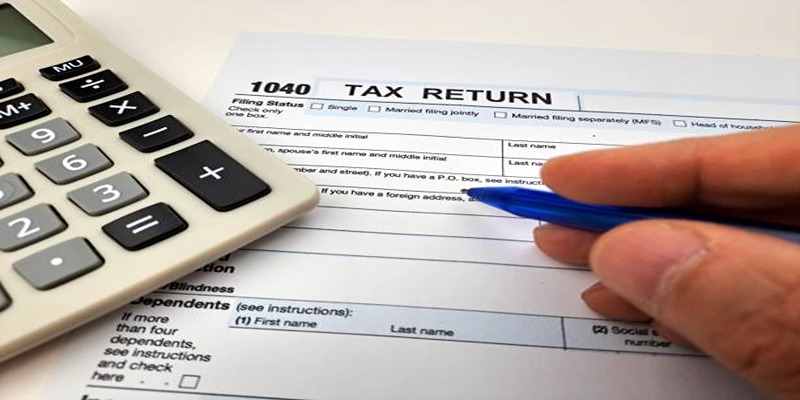At least in the case of taxpayers filing alone, the tax bracket applies to income of $89,075 to $170,150 only. These income limits change depending on a person's filing status.
- 10%: $0 to $10,275
- 12%: $10,275 to $41,775
- 22%: $41,745 to $89,075
- 24%: $89,075 to $170,050
- 32%: $170,050 to $215,950
- 35%: $215,950 to $539,900
- 37%: $539,900 or more
A single person filing their taxes who has an annual income of $35,000 is exempt from the 24% rate. If they made more than $10,275 a year, however, they would enter a lower tax bracket with a rate of 12%. The first $10,275 would only be subject to a 10% tax rate.
"Median" Might Be a Better Term
It is possible that understanding the tax burden typical for American taxpayers will be less difficult. The value exactly in the center of a data collection is referred to as the median. Theoretically, half of all taxpayers would pay an amount lower than the median, while the other half would pay an amount higher than the median. According to the Tax Foundation, the wealthiest fifty percent of taxpayers were responsible for paying 97.1% of all federal income taxes in 2018, the most recent tax year for which thorough and verified information is available. Consequently, the lowest 50% of earners paid just 2.9%.
However, there is just one perspective on the equation to consider. There is also something referred to as the "tax wedge," and the data that the Tax Foundation provided shows income taxes. In addition, a portion of each American worker's salary goes to pay for Social Security and Medicare. In a strict sense, they should also be considered when determining an average tax burden.
Tax Wedge
The tax wedge is the ratio of what the typical worker owes in taxes to what they would have taken home in earnings if they weren't required to pay those taxes. This number represents the percentage of earnings that are lost due to taxes. In economic terms, the amount this worker would have earned if they had not been required to pay taxes is referred to as the "total labor expenses" for the employer. This may also be seen as the amount the company would have paid the worker in the absence of taxes.

Annual tax wedges are computed by the Organization for Economic Co-operation and Development (OECD), which does so for the United States of America and dozens of other industrialized nations. The tax wedges are calculated based on single persons' taxable income and tax bands. The larger the tax wedge, the less probable that certain taxpayers may see any advantage in maintaining employment.
Calculating the Tax Wedge
Calculations of the tax wedge take into account not only income taxes but also FICA taxes, which include Social Security, Medicare, and the Additional Medicare tax, if necessary. However, the largest burden that is placed on American taxpayers is that of the federal income tax.
When calculating the OECD tax wedge, employers' and workers' contributions to Social Security and Medicare are considered. Even though an employee is exempt from having to pay their employer's portion out of their pocket, they still would have been entitled to receive that money even if their company had not contributed. The rate of the Social Security tax that will apply to wages received in 2022 is fixed at 6.2% for both employers and workers, but the rate that applies to income earned via self-employment is 12.4%. Employers and workers pay 1.45% of their income toward the Medicare levy, whereas self-employed persons pay 2.9%.

U.S. Tax Wedge
According to the OECD, the tax wedge for the ordinary single employee in the United States will decrease by 1.2 percentage points, from 27.2% in 2020 to 28.4% in 2021. Despite this decrease, the tax wedge in the United States will remain lower than the OECD average for all countries, which will be 34.6% in the same year. Meanwhile, the average take-home pay for a single worker in the United States was 77.4% of their gross compensation, which is higher than the average take-home pay across OECD countries, which was 75.4%.
The Organization for Economic Co-operation and Development (OECD) states that pandemic-based legislation is believed to have contributed to the decline in the tax wedge. Therefore, how much does this equal in dollars? Using an annual median wage of $53,924 as an example, a tax wedge of 28.4% comes out to around $15,314.42; this indicates that the typical worker has given this amount of money to the federal government. The income tax, Social Security tax, and Medicare tax are the only three taxes included in the OECD tax wedge. It does not include taxes on sales, property, or vehicles nor cover taxes on state income.




